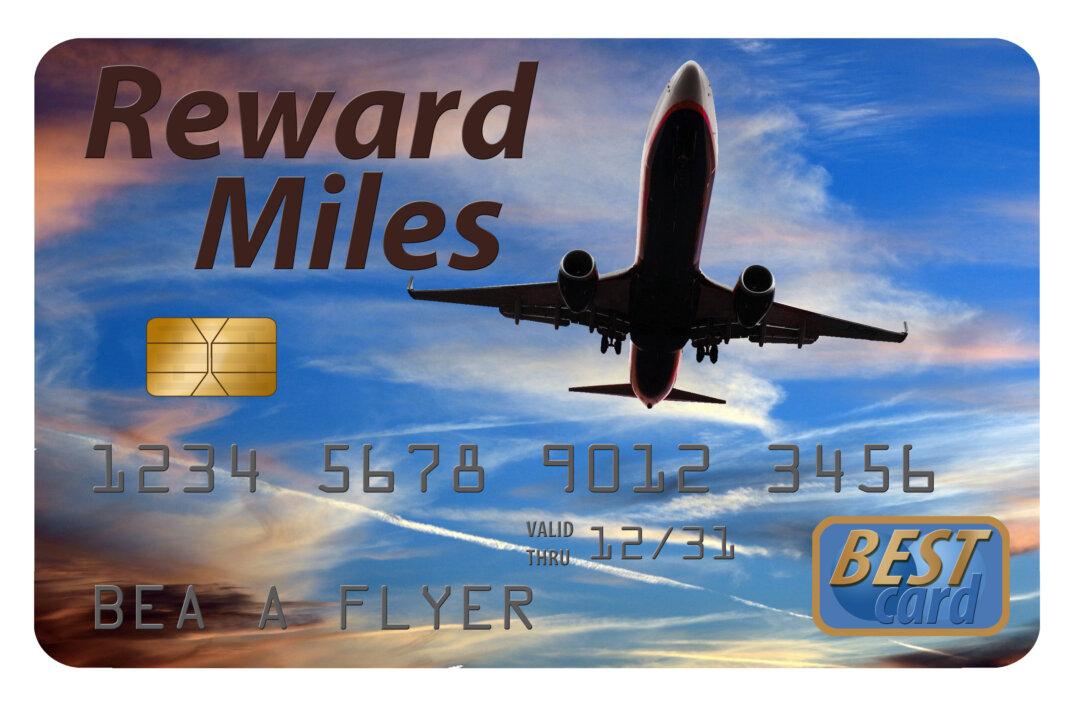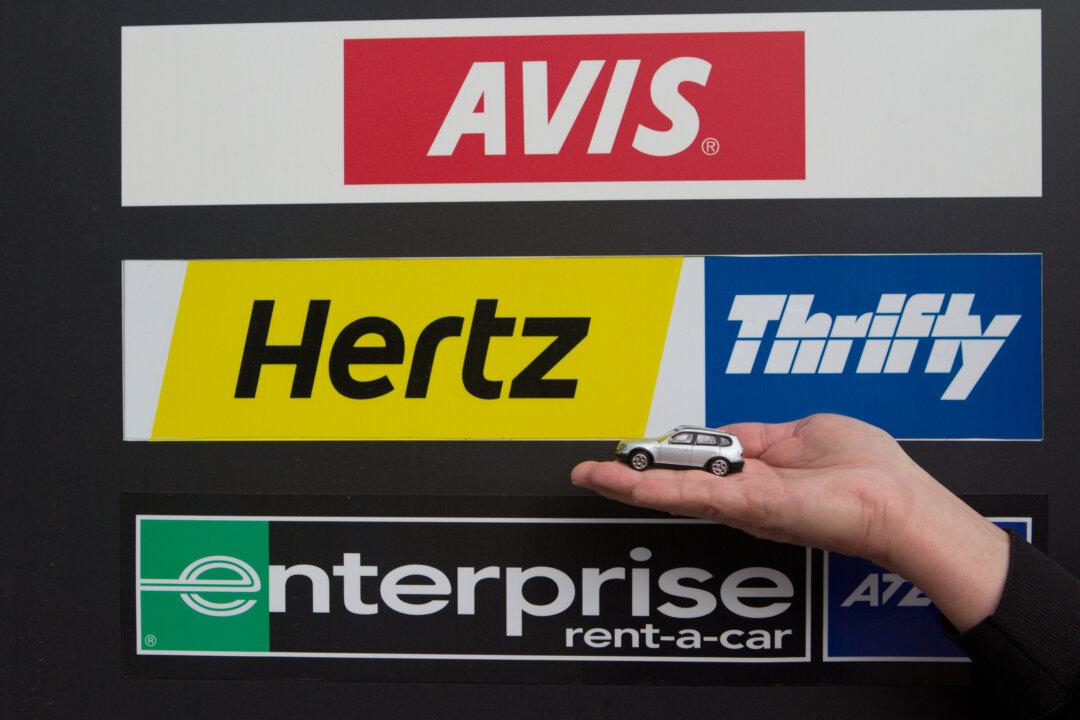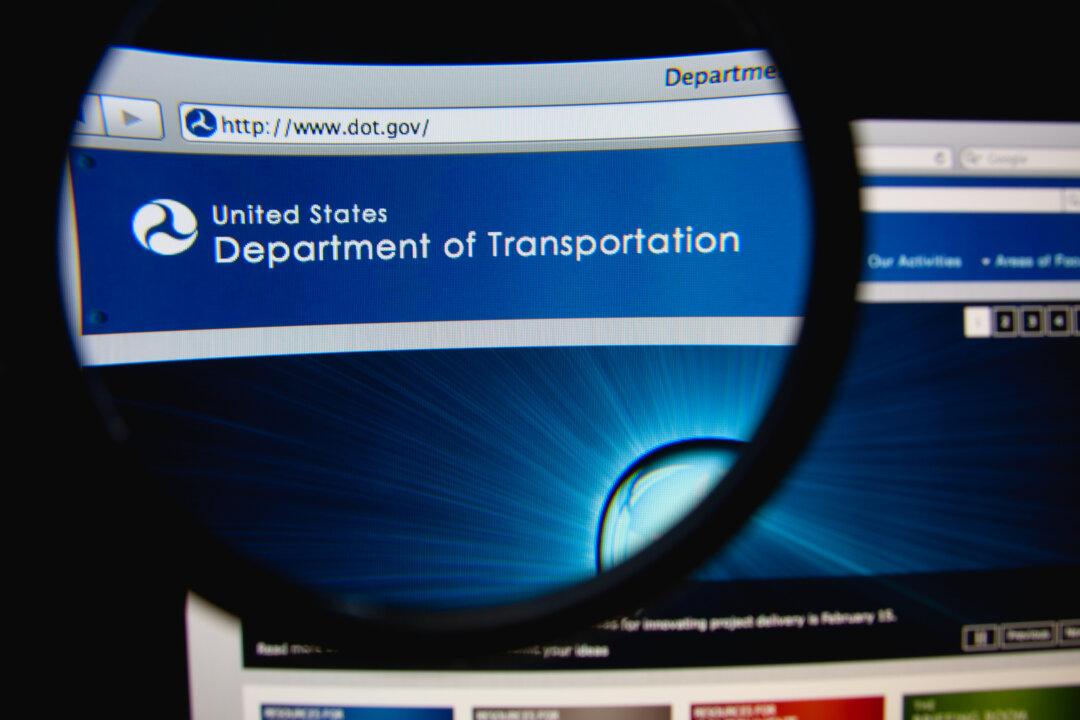The Department of Transportation (DoT) labored mightily and came up with a—dashboard? After weeks of announcements of great consumer gains, the single positive result is a DoT “dashboard” that summarizes every line’s policy. And a few have, in fact, adopted vague no-fee family seating policies. I’ve often expressed surprise that the airlines didn’t solve the problem on their own. Now, with some sort of DoT rule in the offing, some have reluctantly agreed—in the hope. I’m guessing, of avoiding a government rule.
The dashboard covers the 10 largest lines. The dashboard includes “limited conditions” reflecting the physical constraints of airplane layouts and boarding processes. Small startups Avelo and Breeze, and longtime fringe player Sun Country aren’t in, but I expect they'll get there. No airlines based outside the U.S. are tabulated.
For now, the dashboard is pretty simple-minded. Each airline’s entry simply states that the line either “guarantees” or “does not commit” to a no-fee family seat assignment guarantee, subject no limitations and specific limitations are not yet included. At present, Alaska, American, and Frontier state the guarantee; Allegiant, Delta, Hawaiian, JetBlue, Southwest, Spirit, and United do not. The dashboard includes links to each line’s Customer Service Plan, which is incorporated into your contract with the airline. The plans for the airlines that are committing to no-fee seating include some of the limited conditions that apply, but remain vague about how it will actually work.
My take is that either (1) the other lines will jump on the bandwagon in hopes of avoiding a new rule or (2) they will continue to drag their feet. In either case, if I were betting on the outcome, I'd bet that DoT will issue a rule. My consumer advocate colleagues who have been pushing for the new rule believe that a rule is preferable to voluntary compliance, which can be so easily reversed.
It remains to be seen how the guarantees will work out in practice. The listed limitations are very general, and the devil will be in the implementation details. For now, the one constant factor is that the provisions require a minor child below each line’s minimum age to travel alone be seated adjacent to at least one adult family member traveling on the same reservation. Other details are TBD.
On the whole, score the dashboard as, if not a victory, at least a nudge in the right direction for consumers. If you travel with minor kids, check it out when you’re planning a trip
Other news out of Washington is problematical—frankly many of us involved in consumer issues are scratching our heads:
–A panel of judges from the U.S. Court of Appeals for the DC Circuit denied the petition from FlyersRights that would have required the FAA to set minimum seat size standards for commercial airliners. What’s odd about this is that the 2018 FAA Reauthorization Act, as passed by Congress, stated clearly that FAA should set seat dimensions necessary for safety, period; a mandate, not an option. The letter of the law includes no wiggle room, but FAA has wiggled, anyhow, and the judges backed it up in their decision. Go figure.
In covering this issue, I haven’t been sanguine about the possibility of wider seats. Seats too narrow to accompany today’s flyers are an important component to this issue, but there’s no easy fix. Seats in today’s 737 and A320 families are already as wide as they can get with six seats per row, and rules requiring airlines to go to five-per-row is unthinkable. Still, a court’s allowing an agency to ignore a clear and unambiguous congressional mandate is puzzling, to say the least.
–In still another arena, the Department of Justice (DoJ) decided to oppose the JetBlue acquisition of Spirit. Here again, the legal footing seems to be far-fetched—that JetBlue will, in effect, dismantle Spirit’s business plan, operate the planes, crews, and facilities to JetBlue standards, and thereby eliminate one of the country’s two important low-fare lines. Either way, I don’t see either major benefit or harm to consumers—just a puzzlement.





